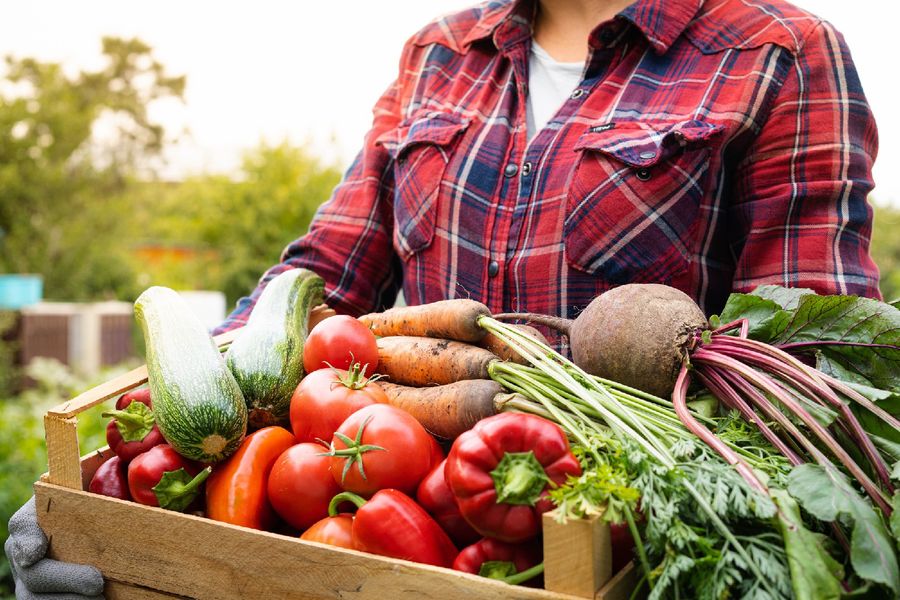Why Your Plant Leaves Are Turning Yellow—and How You Can Fix It
Yellowing leaves on your beloved plant can be concerning, but it’s a common issue that can be addressed with a bit of detective work. Understanding the underlying causes and implementing the right solutions can help bring your plant back to vibrant health.

1. Overwatering
Overwatering is one of the most common reasons for yellowing leaves. When plants sit in soggy soil, their roots can become waterlogged, leading to poor oxygen circulation and root rot.
Solution: Allow the soil to dry out between waterings. Ensure your plant’s pot has proper drainage, and consider using a well-draining potting mix. If you notice root rot, trim the affected roots and repot the plant in fresh soil.

2. Underwatering
On the flip side, underwater can also cause leaves to turn yellow. When a plant doesn’t receive enough water, it becomes stressed, leading to dry, brittle leaves.
Solution: Check the soil moisture regularly. Water your plant thoroughly when the top inch of soil feels dry. Be mindful of your plant’s specific water needs, as some plants require more frequent watering than others.

3. Nutrient Deficiency
Plants need a balanced diet of nutrients to thrive. A lack of essential nutrients like nitrogen, potassium, or magnesium can lead to yellowing leaves.
Solution: Fertilize your plant with a balanced, water-soluble fertilizer according to the package instructions. Consider using a fertilizer specifically designed for your type of plant. Regularly test the soil to ensure it has the right nutrient balance.

4. Improper Lighting
Insufficient or excessive light can stress plants, causing their leaves to yellow. Plants that need bright light may struggle in low light, while shade-loving plants can suffer in direct sunlight.
Solution: Assess your plant’s lighting needs and adjust its placement accordingly. Move light-loving plants closer to a window or provide supplemental grow lights if needed. For plants that prefer indirect light, consider moving them to a spot with filtered sunlight.

5. Pests and Diseases
Pests like spider mites, aphids, or scale can damage plant leaves, leading to yellowing. Additionally, fungal or bacterial infections can cause similar symptoms.
Solution: Inspect your plant closely for signs of pests or disease. Use insecticidal soap or neem oil to treat pest infestations. If you suspect a disease, remove the affected leaves and treat the plant with an appropriate fungicide or bactericide.

6. Temperature Stress
Extreme temperature fluctuations or placing your plant in a drafty area can cause leaves to yellow. Plants are sensitive to changes in their environment, and temperature stress is a common culprit.
Solution: Keep your plant in a stable environment away from drafts, air conditioning vents, or heaters. Ensure the temperature remains within the optimal range for your specific plant species.

7. Aging Leaves
Sometimes, yellowing leaves are simply a natural part of a plant’s life cycle. Older leaves will eventually yellow and drop off as new growth emerges.
Solution: Prune away yellowing or dead leaves to promote healthy growth. Regular maintenance will help keep your plant looking its best.
8. Natural Seasonal Change
During autumn, many plants naturally shed older leaves as they prepare for the winter months. This process often includes the yellowing of leaves before they drop.
Solution: If the yellowing is due to natural aging, there’s no need to worry. Simply remove the dead leaves to maintain your plant’s appearance. However, if the yellowing seems excessive or affects new growth, consider investigating other potential causes.

Sometimes, yellowing leaves are simply a natural part of a plant’s life cycle. Older leaves will eventually yellow and drop off as new growth emerges.
Solution: Prune away yellowing or dead leaves to promote healthy growth. Regular maintenance will help keep your plant looking its best.






























































